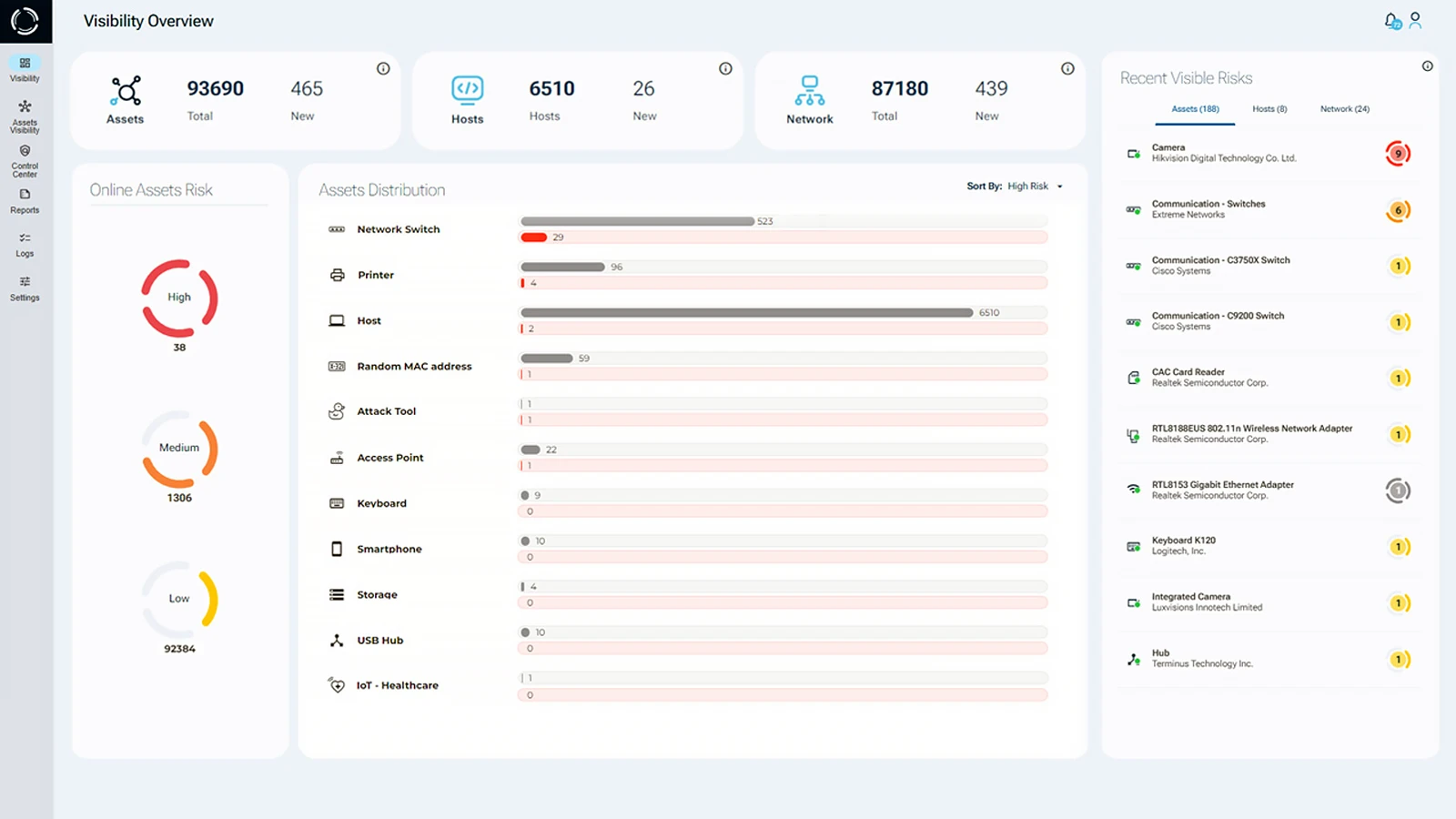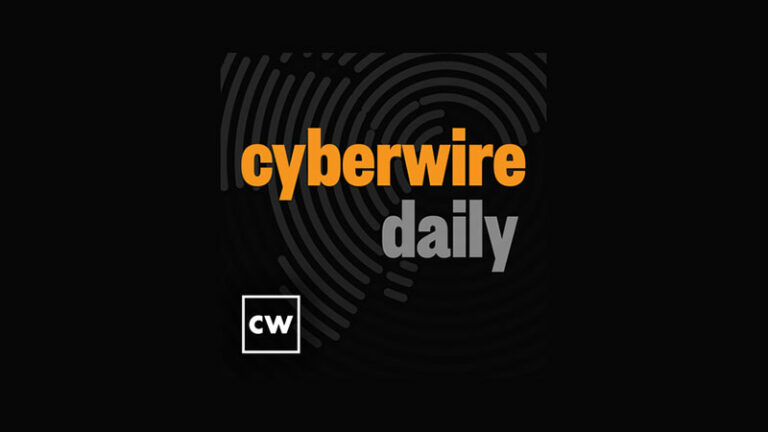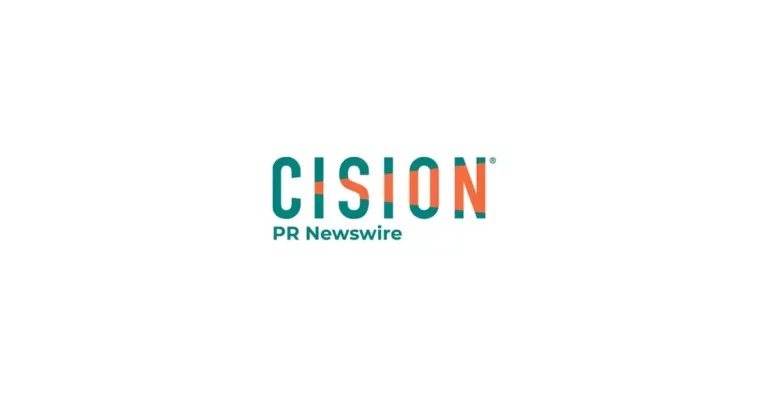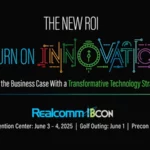Managing risk has always been a key part of running a successful business. But as companies rely more on technology, addressing IT risks has become even more critical. It’s not just about protecting your systems, it’s also about understanding how everyday tech use can expose valuable assets to new threats.
With technology deeply embedded in daily operations, developing a strong IT risk management plan can be challenging. Below, 16 experts from the Forbes Technology Council highlight IT risks that business leaders often overlook or underestimate.
16 Key IT Risks That Are Often Overlooked
Vendor Risks
Rapid growth can cause companies to overlook third-party risk management, which should include security standards and ongoing audits.
Incomplete Testing and Remediation
Rushed projects often skip thorough testing, leading to overlooked vulnerabilities, especially in security controls.
Risk Accountability
Organizations may accept risk as a business cost but often fail to assign accountability, leaving mitigation efforts unclear.
Data Risk
While financial and operational risks are well-understood, data risks are frequently undervalued. This includes both preventing data loss and leveraging data effectively.
Physical Security Infrastructure
Outdated and siloed physical security systems are often neglected, despite being crucial to protecting digital assets.
Monetary Impact of Cyberthreats
Quantifying the dollar cost of each cyber threat is vital to prioritize risk mitigation strategies effectively.
Hardware-Based Attacks
Bentsi Benatar of Sepio warns that attackers are shifting focus from software to hardware. Exploiting the supply chain and internal abuse allows them to bypass software defenses, accessing critical systems through the “window” while organizations lock the “door.”
Technical Debt
Short-term tech decisions can create long-term risk by slowing down future innovation and causing architectural inefficiencies.
Unmonitored SaaS Usage
Employees may adopt third-party apps without oversight, risking data exposure or noncompliance with internal policies.
Lack of Penetration Testing
Skipping regular pen testing leads to undetected vulnerabilities, especially in younger companies.
Incomplete Disaster Recovery Plans
Recovery plans often focus on infrastructure and ignore data—yet access to data is critical for operations continuity.
Poor Change Management
Without strong change-management processes, organizations may struggle to adapt securely to evolving environments and threats.
Neglecting Adoption Planning for New Tech
Without proper onboarding and usability considerations, new technologies may fail to deliver intended value or introduce risk.
Uncontrolled AI Bot Access
AI systems can become entry points for attackers if not governed properly, especially when bots access sensitive information.
Technical Skills Gaps
Legacy systems become liabilities when companies lack the skilled personnel to maintain or upgrade them.
Noncompliance with Data Governance
Hybrid work has led to relaxed data governance, especially with bring-your-own-device practices, risking compliance and data loss.
For more detailed insights, you can read the full article on Forbes Technology Council:
16 Underestimated Tech-Related Risks Businesses Need to Consider
Mitigating IT Risks with Sepio’s Cyber-Physical Protection
People keep forgetting that all software eventually runs on a piece of hardware. Hardware-based attacks pose one of the most underestimated IT risks today. Attacks using the supply chain and internal abusers will dominate the future landscape of threats, as they provide the easiest and most successful path to an enterprise’s crown jewels. While everybody is putting more and more locks on the door, the attackers get in through the window. – Bentsi Benatar, Sepio
As IT risks continue to evolve, extending beyond digital threats to encompass physical vulnerabilities and hybrid attack vectors, organizations need a more comprehensive approach to cybersecurity. Sepio’s Cyber-Physical Systems (CPS) platform delivers unparalleled visibility and control over all hardware assets, whether authorized or rogue, at the physical layer. By enforcing zero trust architecture (ZTA) for all connected devices and stopping attacks that bypass traditional software defenses, Sepio helps organizations proactively eliminate hidden IT risks before they become incidents. For businesses that take IT risk management seriously, Sepio represents the missing piece in a truly comprehensive cybersecurity strategy.

Ready to Eliminate Cybersecurity Risks?
Discover how Sepio’s Cyber-Physical Protection platform can strengthen your security posture by uncovering rogue hardware and enforcing zero trust across all devices.
Schedule a demo today and take control of your IT risks before they control you.





